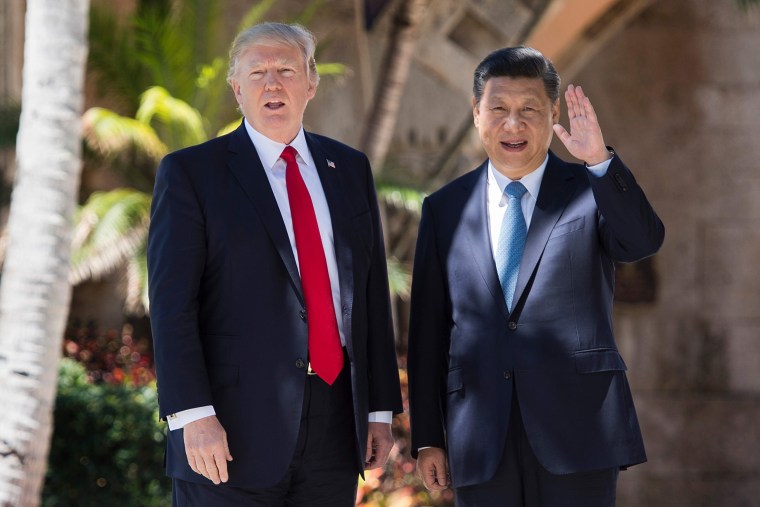President Donald Trump and China's Xi Jinping will meet to discuss trade issues ahead of the G-20 Summit this week in Buenos Aires, confirmed Larry Kudlow, head of the National Economic Council.
"There's a good possibility a deal can be made," Kudlow said at a press briefing on Tuesday afternoon, noting that Trump personally called Xi to "get things started."
Certain conditions still need to be met in order to resolve the standoff between the world's two largest economies, Kudlow said, including resolving intellectual property theft, forced tech transfers, and tariffs, quotas, and subsidies. Ultimately, the goal is "zero tariffs and zero subsidies," Kudlow said.
He expressed confidence that a deal could be reached, intimating that China had more to lose.
"Our economy is in good shape," Kudlow said. "Theirs is not."
Although not the focus of the summit, the Trump-Xi meeting is the event investing experts say will have the greatest impact on an already-beleaguered stock market.
“That’s one reason why the stock market’s been struggling over that last week or so,” said Mark Zandi, chief economist at Moody’s Analytics. “There’s no indication that these guys are going to be figure it out.”
Investors will be parsing the tenor of the dialogue between the two presidents, searching for hints of either diminished tension or a ratcheting up of rhetoric.
“There are two events that will determine where the S&P 500 ends for the year, and that’s one of them,” said Scott Wren, managing director and senior global equity strategist at Wells Fargo Investment Institute. “The focus is on Xi and Trump and their meeting.”
“President Trump has raised the stakes by suggesting that talks have been ‘moving along nicely,’ and that’s helped to ease concerns in financial markets. But it remains to be seen whether both sides can find a path forward,” said Neil Shearing, group chief economist at Capital Economics. “I’m skeptical that any deal will be substantive or will last."
Positive signs that would cheer the market would be a joint statement of some kind professing a willingness to continue working to resolve differences over trade.
“I think the framing of the U.S.-China issue is whether escalation is unavoidable or inevitable,” said Nicolas Veron, a senior fellow at Bruegel think tank in Brussels and the Peterson Institute for International Economics. “I think on the Chinese side, obviously they’re not going to do anything that looks like capitulation… but they would like to find a common understanding that can keep things stable.”
“I think the market would be happy with just a hint of good news,” Wren said.
Conversely, if the meeting elicits an irate tweetstorm, investors might find that, despite the drop in recent weeks, stock prices still haven’t yet priced in the full brunt of just how badly a trade war could hurt the American economy.
“If it sours, or President Trump punctures any initial optimism with a volley of tweets, it’s possible that this could add to pressure on stocks,” Shearing said.
“I think the hope is that Trump and Xi figure out a face-saving way out of the trade war. I think the fear and the expectation is that they won’t — this will just be one more salvo,” Zandi said.
The two leaders are racing the clock as the year winds down. The U.S. is set to implement additional tariffs on Chinese goods at the beginning of 2019, including many that could impact the price of consumer goods.
Starting in January, tariffs on $200 billion worth of Chinese exports will jump from 10 percent to 25 percent, and Trump also has threatened to extend the tariffs on another $267 billion worth of goods — which would effectively place tariffs on all Chinese products coming into the U.S.
So far, companies have managed to avoid passing along higher costs to consumers, but the next volley of tariffs would destroy that buffer, Zandi predicted.
“I think businesses have been hoping that this thing gets settled… The longer this drags on, particularly if this is going up to 25 percent, they can’t eat it,” he said. “I think it’ll start showing up and be more visible in prices.”
That prospect isn’t likely to sit well with Wall Street, particularly if other economic forces — namely, a slowdown in global growth or an overly hawkish Federal Reserve — create headwinds that leave businesses little room for error.
"The market’s going to be very sensitive to any kind of margin squeeze,” Wren said.
